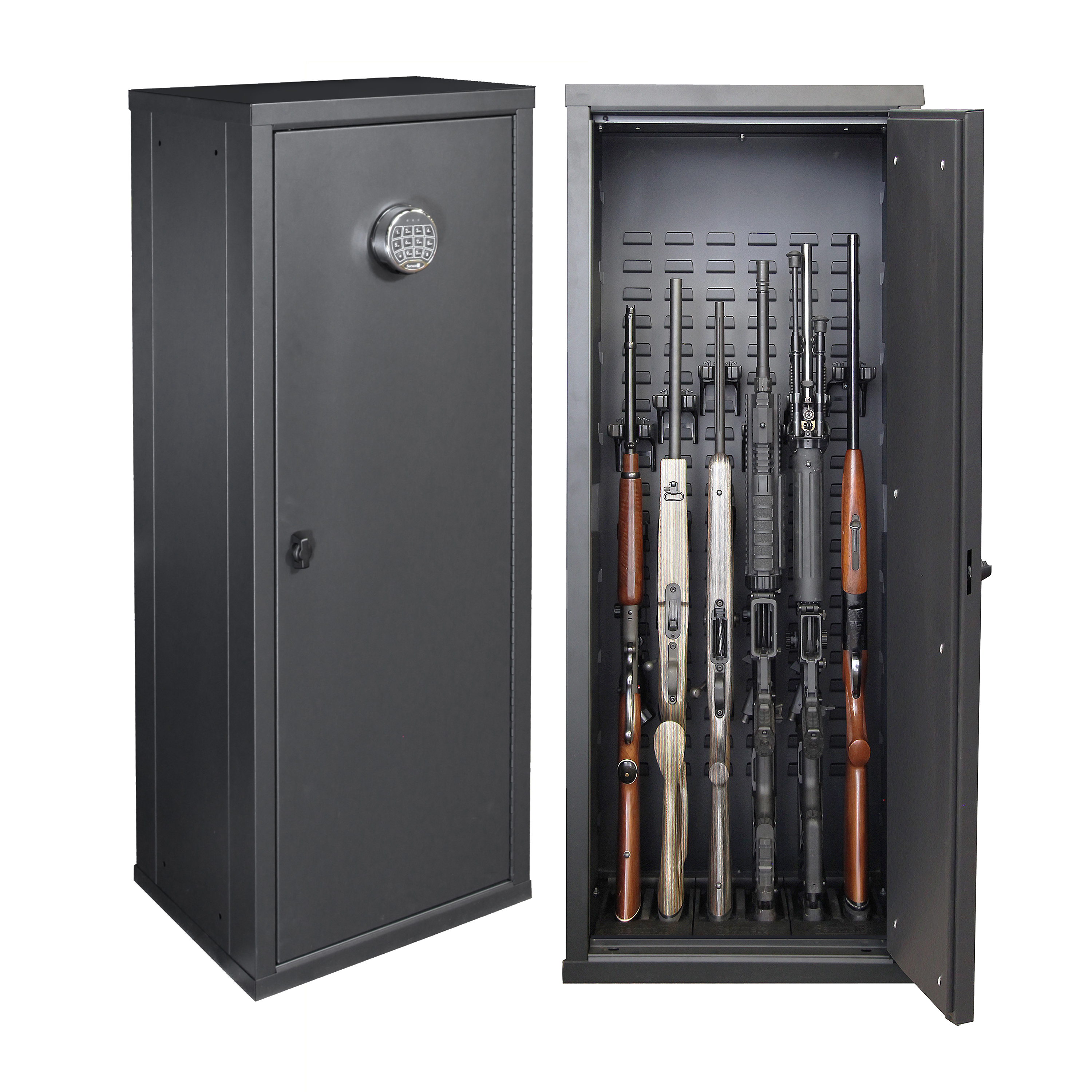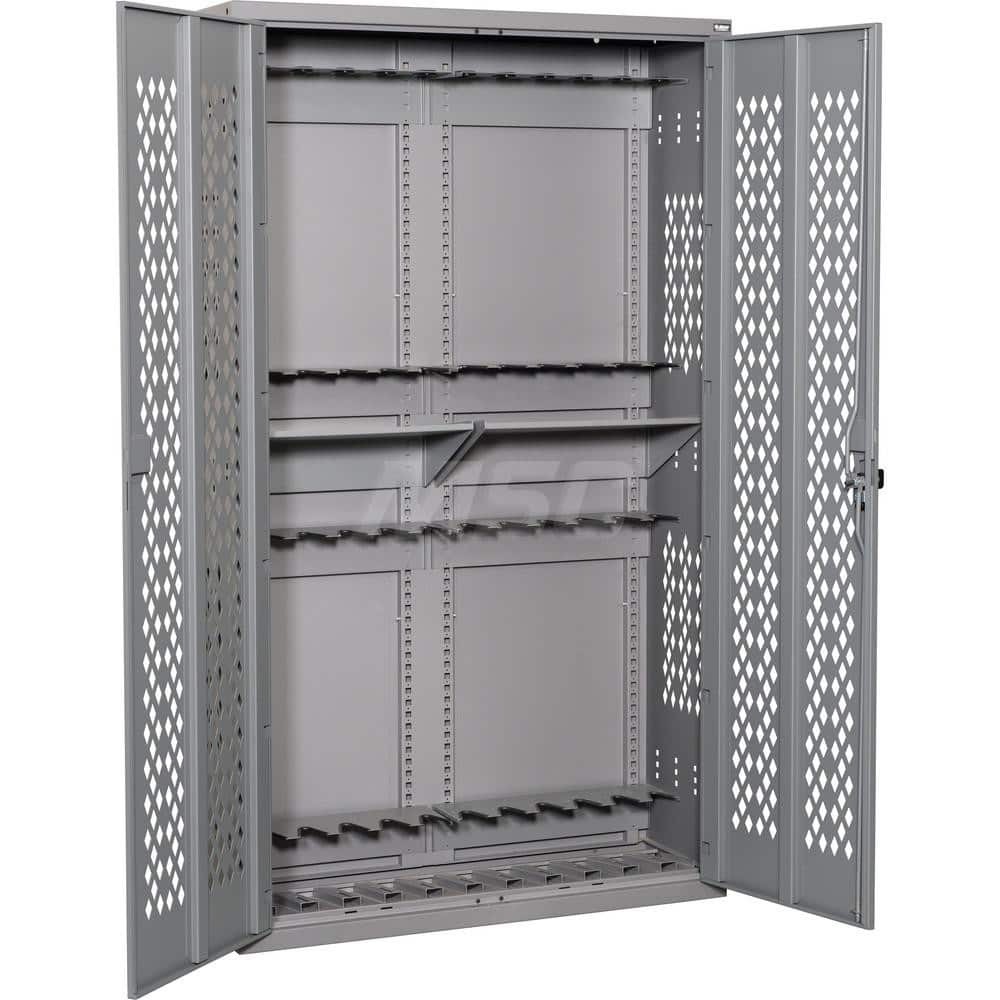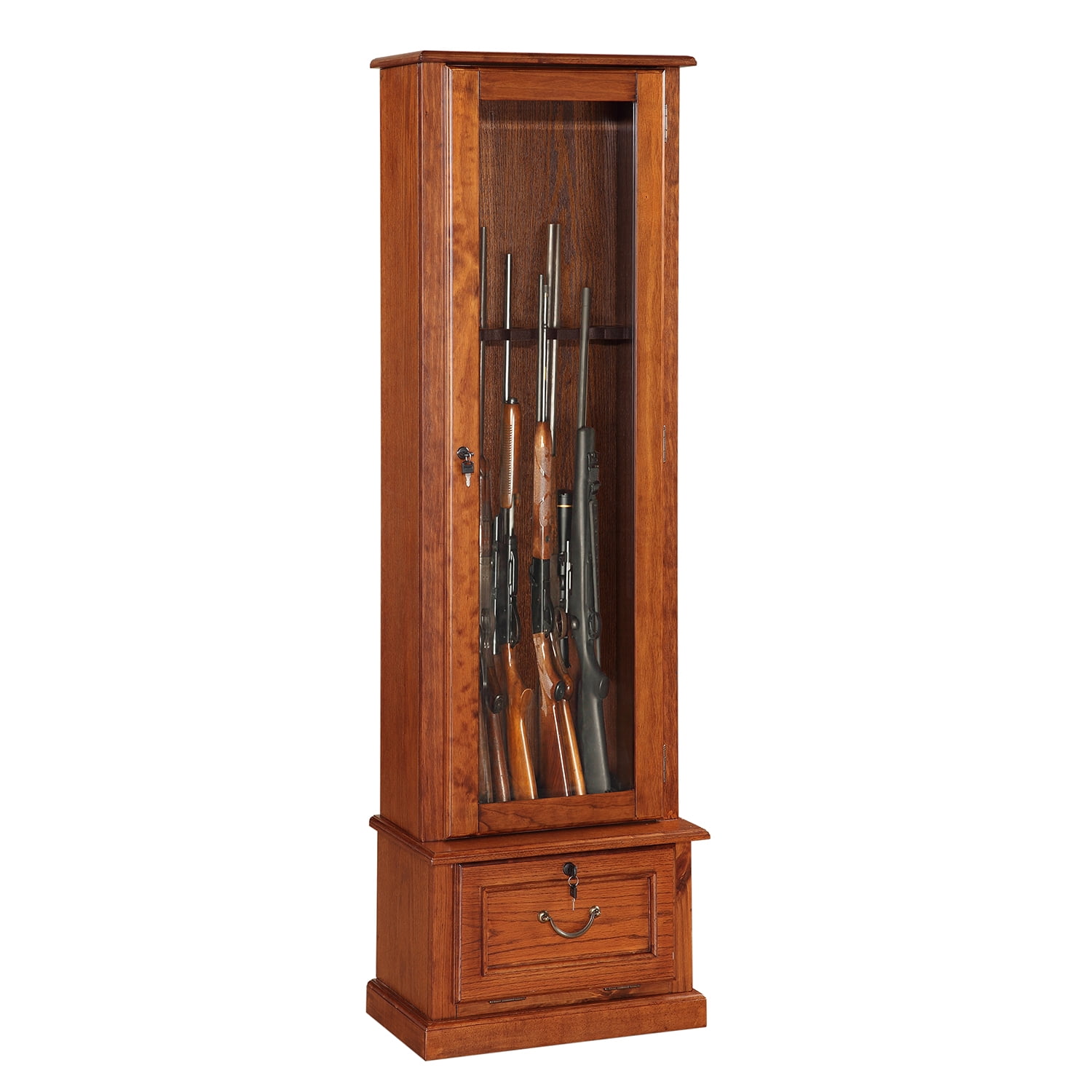The Essence of Mission Style Gun Cabinets

The Mission style, a significant design movement in American furniture, has captivated enthusiasts for its unique blend of simplicity, functionality, and natural beauty. Rooted in the Arts and Crafts movement, Mission style furniture emerged in the late 19th and early 20th centuries, reflecting a desire for honest craftsmanship and a return to traditional values.
Historical Origins and Influences
The origins of Mission style furniture can be traced back to the Arts and Crafts movement, which gained momentum in England in the late 19th century. This movement championed handcrafted objects, emphasizing simplicity, functionality, and the use of natural materials. The Arts and Crafts movement’s emphasis on craftsmanship and natural materials resonated with American designers, who sought to create furniture that was both beautiful and practical. One key figure who played a pivotal role in the development of Mission style was Gustav Stickley, a prominent American furniture maker and designer. Stickley, inspired by the Arts and Crafts movement, established the Craftsman Workshops in 1900, which became a hub for the production of Mission style furniture. His work, characterized by its simplicity, sturdy construction, and use of natural materials, gained widespread popularity and helped define the aesthetic of Mission style.
Key Design Principles
Mission style furniture is defined by several key design principles that distinguish it from other furniture styles. The most prominent of these principles include:
- Simplicity: Mission style furniture is known for its uncluttered lines and absence of excessive ornamentation. The focus is on clean, geometric forms that emphasize the natural beauty of the materials used.
- Functionality: Mission style furniture was designed to be both aesthetically pleasing and practical. Each piece was intended to serve a specific purpose, with a focus on durability and ease of use.
- Natural Materials: Mission style furniture makers favored natural materials such as oak, maple, and cherry. These materials were selected for their durability, beauty, and inherent warmth. The use of natural materials was also in keeping with the Arts and Crafts movement’s emphasis on craftsmanship and connection to nature.
Prominent Mission Style Furniture Makers, Mission style gun cabinet
Several prominent furniture makers contributed to the development and popularization of Mission style. These makers, through their innovative designs and craftsmanship, helped shape the aesthetic of Mission style and solidify its place in American furniture history. Some of the most notable Mission style furniture makers include:
- Gustav Stickley: Stickley, as mentioned earlier, played a pivotal role in the development of Mission style. His Craftsman Workshops produced a wide range of furniture, from chairs and tables to bookcases and cabinets, all characterized by their simplicity, functionality, and use of natural materials.
- Charles P. Limbert: Limbert, another prominent furniture maker, was known for his high-quality Mission style furniture. Limbert’s furniture, often featuring intricate details and elegant proportions, was highly sought after by collectors. He also experimented with new materials and techniques, contributing to the evolution of Mission style.
- L. & J.G. Stickley: The Stickley brothers, Leonard and John George, established their own furniture company, which became known for its distinctive Mission style furniture. Their work, characterized by its sturdy construction and simple lines, was highly regarded for its quality and durability.
Design Features and Characteristics: Mission Style Gun Cabinet

Mission style gun cabinets are renowned for their distinctive design, which reflects the principles of the Arts and Crafts movement that emphasized simplicity, functionality, and craftsmanship. These cabinets are not merely storage solutions but artistic expressions of a bygone era.
Construction and Materials
Mission style gun cabinets are typically constructed with sturdy, high-quality materials, ensuring both durability and aesthetic appeal. The primary construction method involves mortise-and-tenon joinery, a time-honored technique that creates strong, lasting bonds. This method, combined with the use of solid wood, contributes to the cabinets’ inherent strength and longevity.
Common Wood Species
The choice of wood plays a crucial role in defining the character of a Mission style gun cabinet.
- Oak: The most prevalent wood used in Mission style furniture, oak is prized for its durability, strength, and beautiful grain patterns. Its natural color ranges from light to dark brown, offering a variety of aesthetic options.
- Cherry: Known for its rich, reddish-brown hue and fine grain, cherry wood adds warmth and elegance to Mission style gun cabinets. Over time, cherry wood develops a beautiful patina, enhancing its visual appeal.
- Walnut: With its distinctive dark brown color and striking grain patterns, walnut wood provides a luxurious and sophisticated touch to Mission style gun cabinets.
- Mahogany: Renowned for its rich, reddish-brown color and elegant grain, mahogany adds a touch of grandeur to Mission style gun cabinets.
Decorative Elements
Mission style gun cabinets are characterized by their understated yet elegant decorative elements, which complement the overall design.
- Square or Rectangular Panels: These panels, often found on the doors and sides of the cabinet, add visual interest and break up the surface area.
- Simple Moldings: Mission style gun cabinets typically feature minimal moldings, such as flat or slightly rounded profiles, which enhance the clean lines and simplicity of the design.
- Inlays: While not as common as in other furniture styles, some Mission style gun cabinets may incorporate simple inlays, such as geometric patterns or wood accents, to add a touch of visual interest.
Hardware and Finishes
The hardware and finishes used on Mission style gun cabinets contribute significantly to their overall aesthetic.
Hardware
- Simple, Functional Hardware: Mission style gun cabinets typically feature simple, functional hardware, such as plain brass or bronze hinges, pulls, and latches.
- Hand-Forged Hardware: Some Mission style gun cabinets may feature hand-forged hardware, adding a touch of craftsmanship and authenticity.
Finishes
- Natural Finishes: Mission style gun cabinets are often finished with natural stains that enhance the wood’s natural beauty. These stains can range from light to dark, depending on the desired aesthetic.
- Wax Finishes: Wax finishes are commonly used to protect and enhance the wood’s natural beauty, providing a warm, subtle sheen.
Practical Considerations and Functionality

Mission style gun cabinets, while known for their aesthetic appeal, also prioritize functionality and security. These cabinets are designed to safeguard valuable firearms and ensure safe storage, making them a practical choice for gun owners.
Safety Features and Security Measures
Mission style gun cabinets incorporate various safety features and security measures to protect firearms and prevent unauthorized access.
- Solid Construction: These cabinets are typically made from sturdy materials like solid wood or metal, providing resistance against forced entry.
- Locking Mechanisms: They often feature high-quality locking mechanisms, such as keyed locks, combination locks, or electronic locks, for enhanced security. Some models may include multiple locking points for added protection.
- Fire Resistance: Some Mission style gun cabinets offer fire resistance features, safeguarding firearms from potential fires. These features can include fire-resistant materials and insulation.
- Tamper-Resistant Hardware: These cabinets may utilize tamper-resistant hinges and other hardware to deter tampering and unauthorized access.
Storage Options and Configurations
Mission style gun cabinets offer various storage options and configurations to accommodate different firearm collections and preferences.
- Shelves: Adjustable shelves provide flexible storage for various firearms, accessories, and other items.
- Drawers: Secure drawers are often included for storing smaller items like ammunition, cleaning supplies, and other accessories.
- Gun Racks: Dedicated gun racks allow for organized storage of long guns, ensuring they are properly secured and protected.
- Locking Trays: Some cabinets may include locking trays for additional security, preventing unauthorized access to specific compartments.
Pros and Cons of Mission Style Gun Cabinets
| Pros | Cons |
|---|---|
| Aesthetically pleasing and complements traditional or rustic decor | Can be more expensive than other styles |
| Sturdy construction and durable materials for long-lasting use | May be heavier and more difficult to move |
| Variety of storage options for firearms and accessories | Limited availability of smaller models |
| Enhanced security features for safe firearm storage | Some models may not be as customizable as other styles |
A mission style gun cabinet is a classic choice for those who value both security and aesthetics. It’s a timeless design that can elevate any room, and its sturdy construction provides peace of mind. If you’re looking for a similar DIY project, consider building a diy outdoor trash can cabinet for your garden or patio.
The same principles of functionality and design can be applied to both, creating a unique and practical piece for your home.
A mission style gun cabinet can be a real statement piece, but if you’re looking for something a bit more functional, you could always consider building a DIY UV sterilizer cabinet – check out this guide diy uv sterilizer cabinet – for a project that’s both useful and surprisingly easy.
Of course, if you’re after something more traditional, a mission style gun cabinet is still a classic choice.
